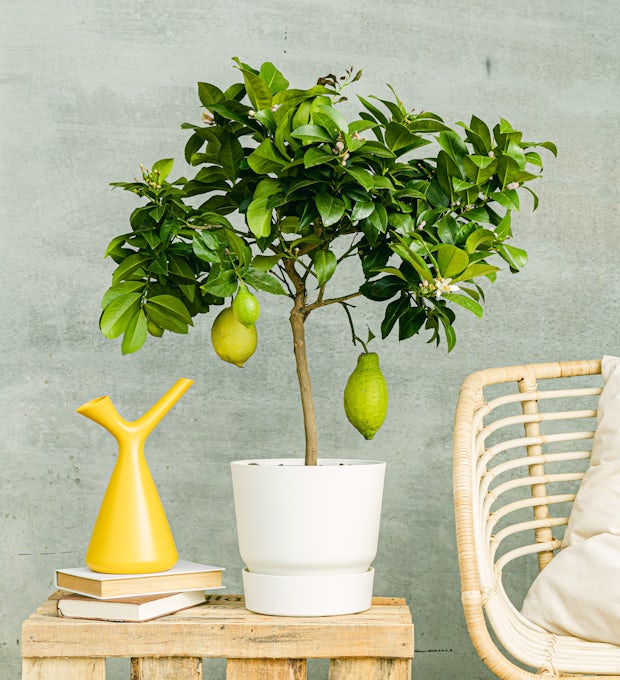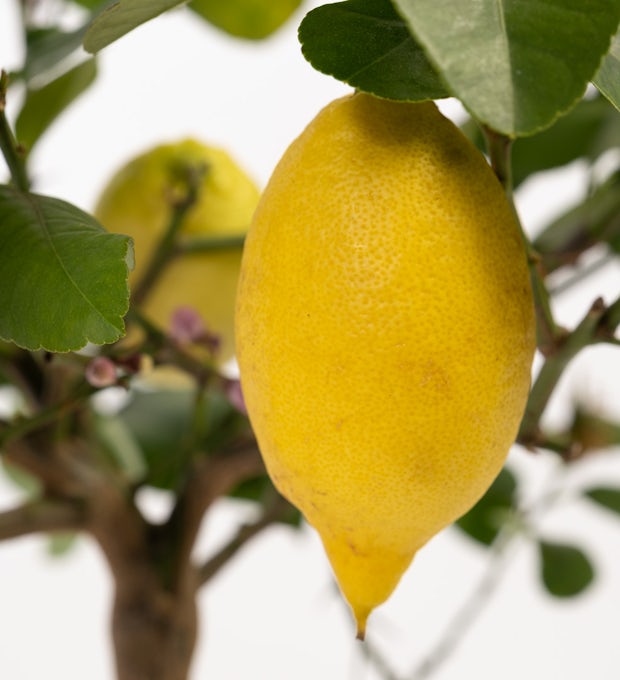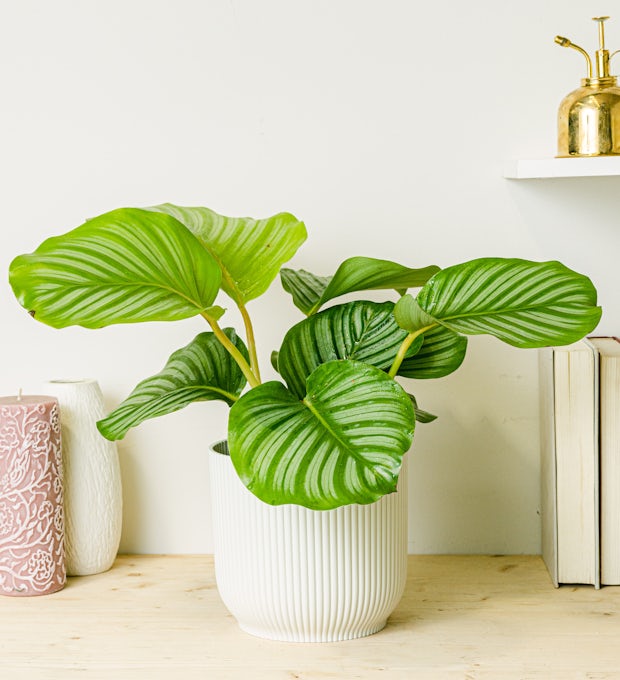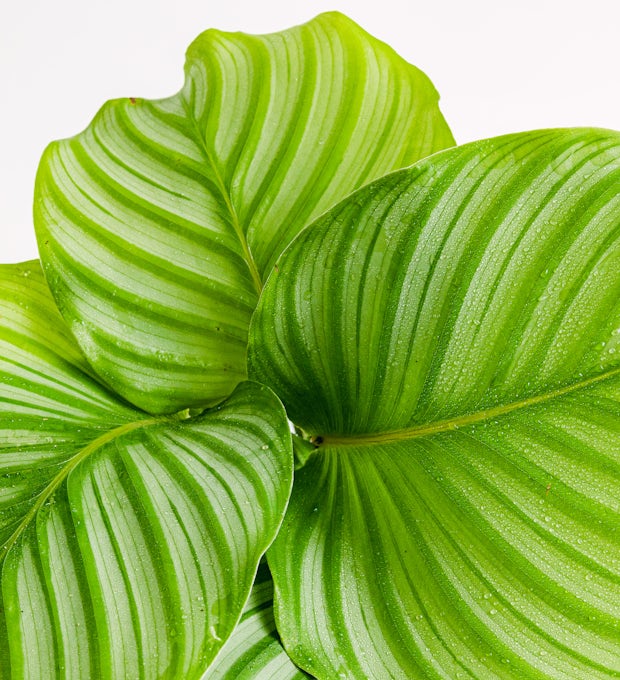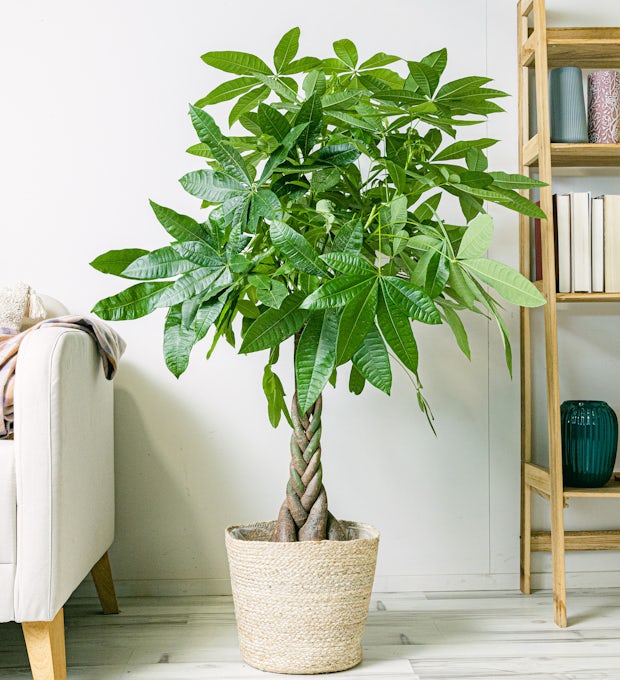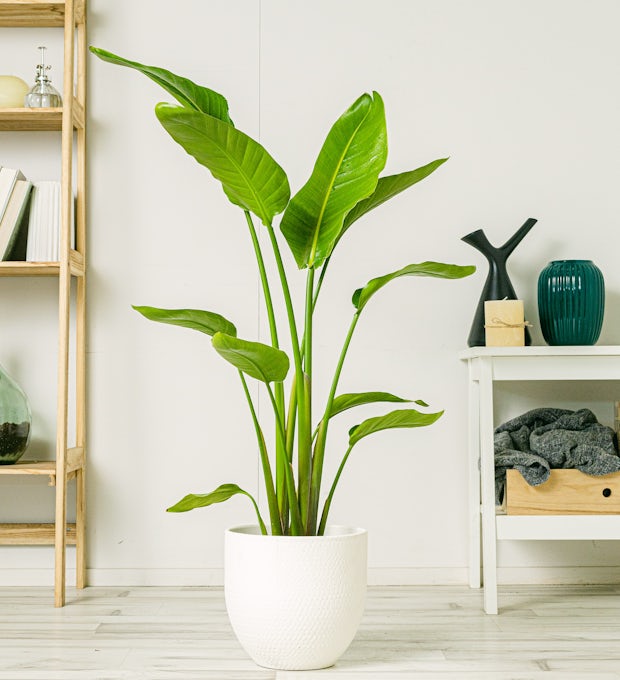Winter plants can be a beautiful and vibrant addition to any garden during the colder months of the year. However, caring for these plants can be a challenge for many gardeners. In this article, we'll explore helpful tips to help you select cold-hardy plants, winterize your garden, and protect your plants from extreme cold. We'll also talk about essential winter care, how to recover your plants after winter, and how to enjoy the winter beauty in your garden. With these tips, you'll be able to keep your winter plants healthy and beautiful throughout the winter without fear.
Introduction to Winter Plants
Winter plants are those that can withstand cold and freezing temperatures, allowing them to survive during the colder months of the year. These plants are a great choice for those who want to have a beautiful and colorful garden all year round, even in winter. Some of the most popular winter plants include camellia, Christmas rose, birch, and holly. It's important to note that not all plants can survive winter conditions, so it's crucial to select the right plants for your garden. Additionally, it is important to prepare the garden for winter, making sure that the soil is well-drained and the plants are well protected against extreme cold. During the winter months, essential care should be taken to ensure that winter plants remain healthy and strong. This includes keeping the soil moist and providing the right amount of sunlight. At the end of winter, some plants may need to be recovered after being damaged by extreme cold. In short, winter plants can be an excellent addition to any garden, as long as proper care is taken to ensure their survival during the colder months of the year.
Selection of Cold Hardy Plants
Selecting cold-hardy plants is crucial to ensure their survival during the colder months of the year. By choosing the right plants, you ensure that they can withstand the cold temperatures and harsh winter conditions. It is important to research plant varieties that are native to cold climates or have a high tolerance to cold. Some common choices include spruce, holly, camellia, juniper, and yew. These plants are known for their ability to survive freezing temperatures and scarce sunlight during the winter. In addition to cold hardiness, it is also important to consider other factors such as disease and pest resistance, as well as the ability to adapt to different soil types. By selecting cold-hardy plants, you are guaranteed that the garden will be full of life and color even during the darkest months of the year.
We ship plants to all locations, you can see more options here.
Winterizing the Garden
Winterizing the Garden
Winter can be a difficult time for plants, but with proper preparation, it is possible to ensure their survival and health during this season. To winterize your garden, it's important to start by cleaning and trimming your plants. Removing dry leaves, dead branches, and plant debris will help prevent the spread of disease and pests during the winter. In addition, trimming the longer, weaker branches will allow the plants to focus their energy on the stronger parts.
Another crucial aspect is to protect the roots of the plants. A layer of mulch around the base of the plants will provide insulation and retain moisture, preventing the roots from freezing. Additionally, it is advisable to water the plants properly before winter arrives, as dry soil can be harmful to them during the cold months.
In addition, it is important to protect cold-sensitive plants with thermal covers or blankets. These materials will provide a barrier against extreme cold and help maintain a more stable temperature around the plants. Structures such as greenhouses or plastic tunnels can also be used to protect the most delicate plants.
In short, winterizing the garden involves cleaning and trimming the plants, protecting their roots with mulch, watering them properly, and providing them with additional protection with covers or structures. This care will ensure that our winter plants get through the cold season without a problem and are ready to bloom again in the spring.
We ship plants to all locations, you can see more options here.
Protecting Plants from Extreme Cold
Winter plants can withstand low temperatures, but not all of them are able to withstand extreme cold. Therefore, it is important to protect plants during the coldest days of winter. One way to do this is by using thermal blankets or covering plants with plastic. These materials help keep you warm and protect your plants from frost. Support structures can also be used to cover the plants with thick fabrics. It is important to ensure that these structures do not directly touch the leaves or branches of the plants, as this can damage them. Another way to protect plants from extreme cold is by watering them before a frost arrives. Moisture in the soil helps retain heat and protects plant roots. However, it is important not to overwater, as this can lead to root rot. Additionally, it is important to remove any dead leaves or branches before winter, as this can be a haven for pests and diseases that can affect the plant during the winter. Protecting plants from extreme cold requires a bit of preparation, but it's essential to keeping them healthy and beautiful all winter long.
Essential Care During the Winter
During the winter, plants need specific care to survive low temperatures and weather changes. One of the essential precautions during this season is to properly water the plants. It's important to maintain soil moisture, but don't overdo it in watering, as excess water can freeze and damage plant roots. In addition, it is advisable to use organic fertilizer to strengthen the plant and increase its resistance to cold. Another important measure is to protect the plants from high winds and frost. To do this, materials such as fabrics, plastics or meshes can be used to allow air circulation and prevent moisture from accumulating. It is important to regularly remove dry leaves and branches to prevent the proliferation of fungi and diseases in the plants. It is also essential to monitor the condition of the plants and detect any signs of disease or pest in order to treat it in time. In summary, during the winter, essential plant care includes watering properly, using organic compost, protecting them from extreme cold, and monitoring their condition regularly. With this care, our winter plants will be able to survive and bloom in spring.
Recovering Plants After Winter
After a long and cold winter, it's common for our plants to need special attention to recover. First, it's important to remove any remaining dry leaves or dead branches that may have been left in the garden over the winter. Not only will this help keep the garden clean and tidy, but it will also prevent the spread of plant diseases. Once this is done, it is important to check the condition of each plant individually. If any plants are showing signs of cold damage, such as wilted leaves or brittle branches, it's best to prune them carefully to encourage their growth and recovery. Additionally, it can be helpful to add compost or compost around the roots of the plants to provide them with the nutrients needed to recover after the winter. It's important to remember that each type of plant has specific needs, so it's critical to research the particular needs of each species before beginning any recovery process. With a little care and attention, our plants can bounce back quickly after winter and bloom in full bloom in the spring.
Enjoying the Winter Beauty in Your Garden
Enjoying the Winter Beauty in Your Garden
Despite the low temperatures and the apparent lack of life in the garden during the winter, this season can also be a time to enjoy the winter beauty that nature has to offer. As snow gently covers the ground and tree branches are adorned with delicate snowflakes, the garden takes on a magical, tranquil charm.
To fully enjoy this winter beauty, you may want to consider adding winter-specific decorative elements. For example, you can place soft lights around trees or shrubs, which will create a warm and cozy atmosphere on cold nights. In addition, you can add winter decorations such as dried flower crowns, garlands, or decorative balls hanging on trees. These elements will add a festive touch to the garden and highlight the unique beauty of winter.
In addition to decorative elements, you can also enjoy the winter beauty simply by observing the shapes and textures of the plants. Many winter plants have an interesting architectural structure that becomes more apparent when they are not covered by green leaves. Watch as the bare branches intertwine and form intricate patterns against the gray winter sky. Also keep an eye out for evergreens, which maintain their vibrant green color even in the middle of winter.
In short, enjoying the beauty of winter in your garden means appreciating the unique details that this season offers. Whether it's through winter-specific decorative elements or simply observing the shapes and textures of plants, you can find a special serenity and charm in your garden during the colder months of the year.
Winter plants can be a beautiful and hardy addition to any garden. With the right tips, you can take care of them without fear during the cold months. From selecting the right plants to preparing the garden and protecting the plants from the extreme cold, every step is important to ensure their health and beauty. As you enjoy the winter beauty in your garden, remember to also reflect on the adaptability of plants and how they can inspire us to face life's challenges. Like winter plants, we too can find ways to flourish even in adverse conditions. So, while you're enjoying your winter plants, take a moment to reflect on your own resilience and how you can apply it in your daily life
